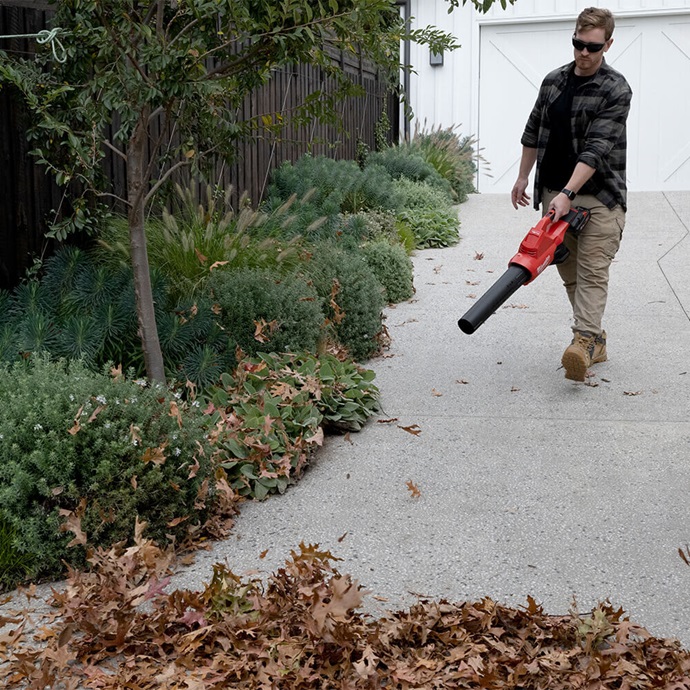Healthy trees can add more beauty and value to your property, but sometimes, no matter how much you take care of them, they can still develop a disease. Discoloured, spotty and undersized leaves are just some of the visible signs that your trees may not be doing so well. Furthermore, trunk damage, decay, and dead wood are other symptoms that you need to pay attention to and have treated.
If there is at least one diseased tree in your garden, the chances that the rest of them will be affected as well are quite high, especially if the trees are growing close to each other. The disease can be spread through fungi as well as from one leaf to another affecting the rest of the healthy leaves and blossoms. Usually, late spring is the time when fungi diseases are mostly spread, thanks to rains and winds which make transmitting them that much easier. For this reason, you need to get more familiar with the various tree diseases and the suitable tree disease treatment solutions for them.

Anthracnose is one of the most common diseases among trees and, in some cases, it can even attack plants. It can easily spread through the blossoms and leaves and affect the vascular tree system resulting in light brown spots. It manifests in early summer and leads to dead tissue of leaves and blossoms. To manage sycamore anthracnose, start foliar applications of fungicides two weeks before bud break. Alternatively, you can inject the trunk of the tree with a systemic fungicide.
Cedar rust is a foliar disease of plants like crabapple and hawthorn. It is usually in springtime when leaves start forming rust or orange-colored spots. Twig cankers can develop and cause dieback. Also, spore-producing structures can form on the juniper branches. This tree disease can be managed using a fungicide that contains triadimefon – an active ingredient that controls rust disease in trees. Another thing to do is to prune out the rust galls that are formed on the junipers.
Diplodia tip blight is a disease that affects Australian and other pines. It develops in the base of the tree and it progresses upwards. Needles and candles begin to expand before they become completely infected. Dead shoots with needles and lots of resin and witches are some of the common symptoms of this disease. To manage it, make sure to include good sanitation, pruning, and applying fungicides starting at bud swell.
To manage all these conditions of your trees, your best bet is to hire an arborist to help you. But what exactly is an arborist and how do you find a good one? These are highly trained professionals who can provide you with a solid disease management plan and carry out any tree disease treatment needed. Pruning, trimming, tree inspection and removal are just some of the services they offer. In the world of today, the easiest and fastest way to find an arborist who will inspect and provide the best tree disease treatment for your trees is online. This way you will come across various companies which you can choose from and see which ones are nearest to your property.
Browse their website and find out everything you need to know about the services and conditions they offer. Check whether the arborists working in that company are certified to ensure you will receive the best tree care for your money. And if you can’t find the info you need on their website, feel free to call them and ask everything you want to know.



